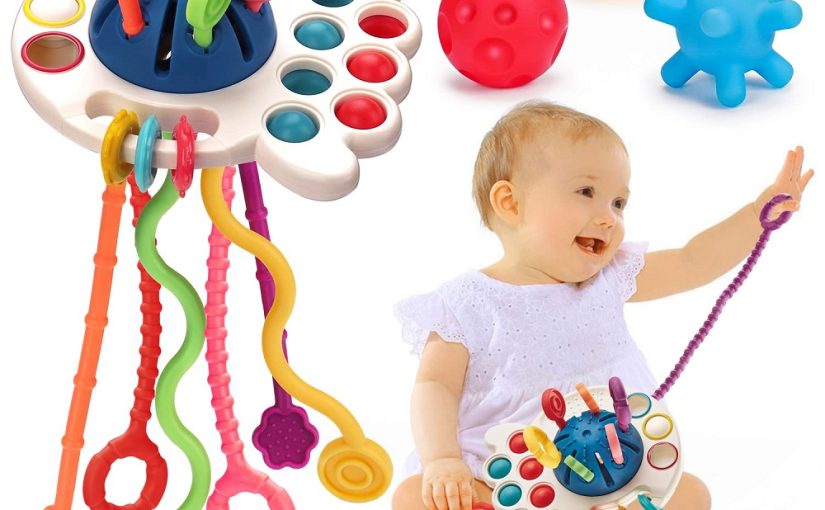As parents, caregivers, and family members, ensuring the healthy development of infants and toddlers is a top priority. One of the best ways to stimulate a child’s growth is through sensory play, and baby sensory toys offer an excellent avenue to achieve this. These toys engage a child’s senses, promoting exploration, creativity, and cognitive development. In this article, we will delve into the various benefits of baby sensory toys, their types, and how they contribute to your little one’s overall growth and development.
Understanding Sensory Play
What is Sensory Play?
Sensory play refers to activities that engage one or more of the senses: touch, smell, sight, sound, and taste. It encourages children to explore and manipulate their environment, fostering curiosity and creativity. For infants and toddlers, sensory play is essential for brain development, as it helps to form new neural connections.
Baby sensory toys are specifically designed to stimulate these senses. These toys often feature vibrant colors, diverse textures, and various sounds, making them appealing to young children. By incorporating sensory play into daily routines, caregivers can provide enriching experiences that promote physical, cognitive, and emotional growth.
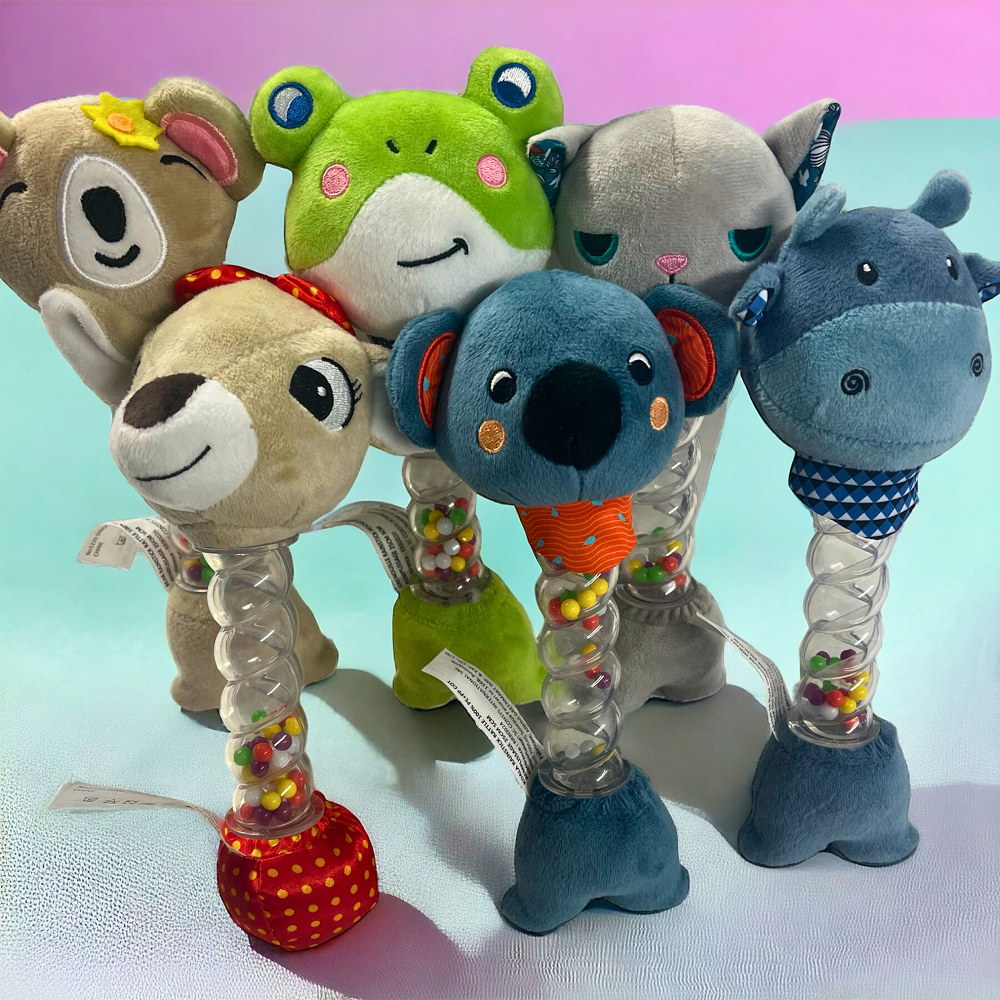
The Importance of Sensory Exploration
Exploring the world through their senses is crucial for babies and toddlers. Each sensation contributes to their understanding of the surrounding environment. For instance, when children touch different textures, they learn about softness, roughness, and temperature. Similarly, hearing sounds helps them develop auditory skills and distinguish between different pitches and tones.
While sensory play encourages exploration, it also enhances fine and gross motor skills. Manipulating toys, reaching for items, and reacting to sounds promote coordination and physical strength. As children engage with sensory materials, they build foundational skills that will serve them throughout their lives.
Cognitive Development Through Sensory Toys
Boosting Brain Development
Sensory toys play a significant role in boosting brain development. Engaging with various textures, colors, and sounds stimulates multiple areas of the brain simultaneously. This multi-sensory engagement helps strengthen cognitive functions, such as memory, attention, and problem-solving skills.
For infants, sensory play provides opportunities to explore cause and effect situations. For example, squeezing a toy to produce a sound enables them to understand that their actions can create reactions. This interaction encourages critical thinking and lays the groundwork for future learning.
Fostering Language Skills
Using sensory toys can also enhance language development. As caregivers engage children during play, they can introduce new vocabulary related to sensations. Describing colors, shapes, and textures educates children while helping them associate words with specific experiences.
Encouraging communication during play also promotes social interaction. When children share toys or cooperate in activities, they learn important social skills. This interaction fosters emotional intelligence and helps children develop healthy relationships with peers.
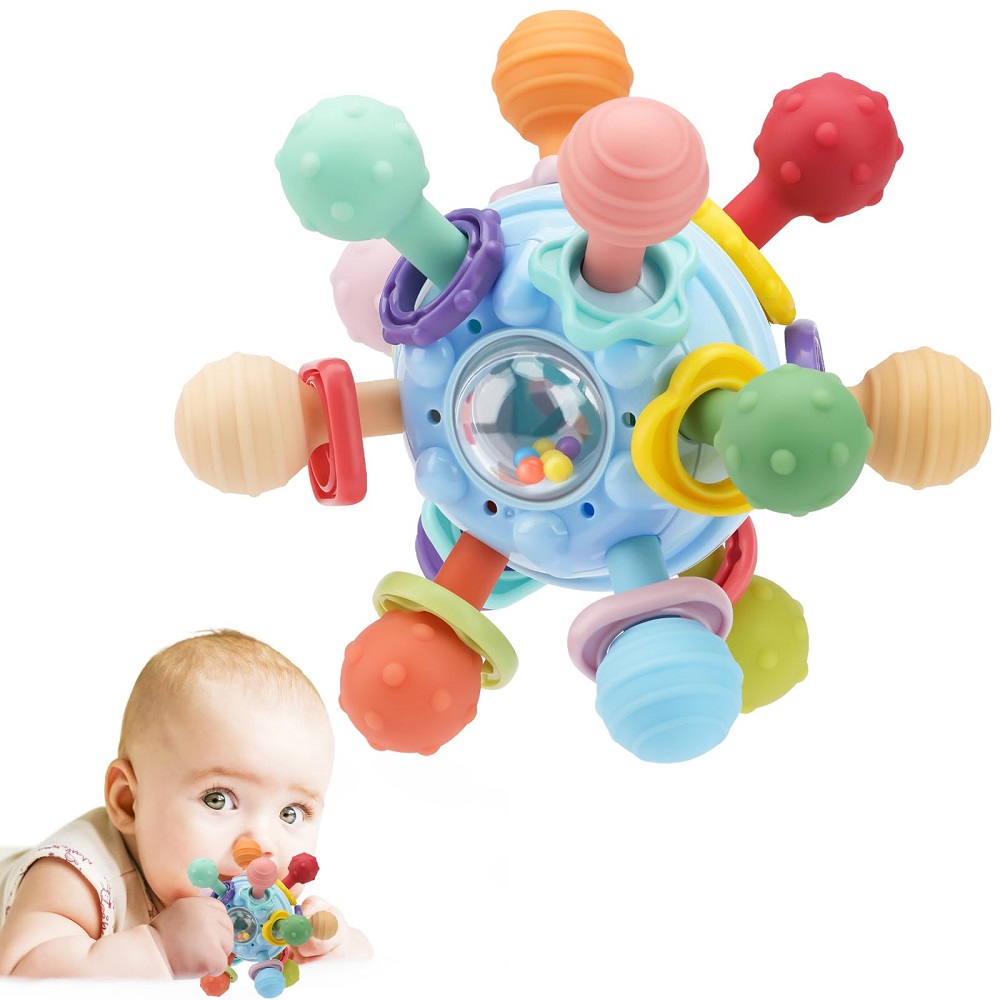
Promoting Emotional and Social Development
Building Confidence
Sensory toys can lead to a sense of accomplishment for young children. When they successfully manipulate or explore a toy, they gain confidence in their abilities. This feeling of achievement encourages them to take on new challenges in play and learning.
Providing a variety of sensory experiences allows children to discover their preferences and interests. As they explore different toys and materials, they learn about themselves and their likes and dislikes. This self-discovery lays the foundation for building a secure sense of identity.
Nurturing Social Skills
Playing with sensory toys can create opportunities for social interaction. Group play encourages children to share, cooperate, and communicate with others. These interactions help develop essential social skills, such as taking turns and showing empathy.
By engaging with sensory toys in a group setting, children also learn to navigate social dynamics. They observe how their peers react to experiences and develop awareness of others’ feelings. This experience is crucial for fostering healthy relationships in early childhood.
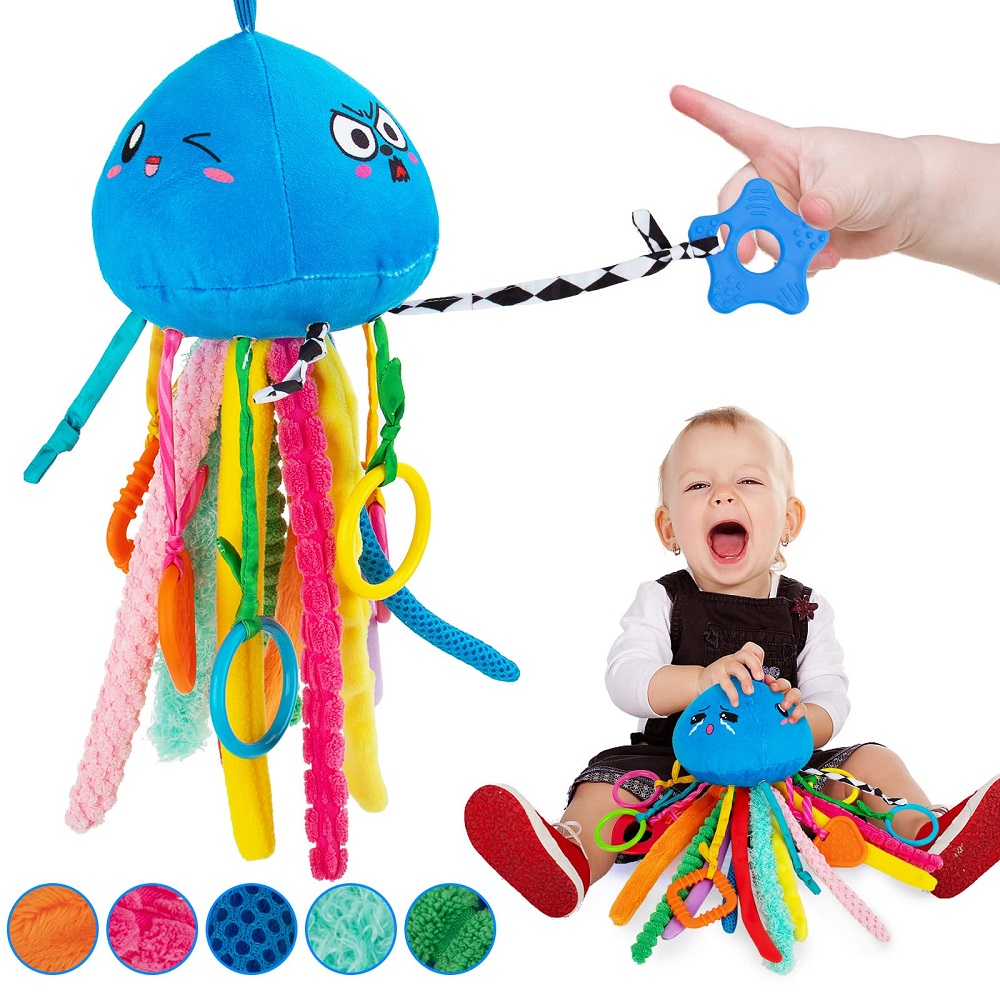
Enhancing Fine and Gross Motor Skills
Fine Motor Skill Development
Sensory toys contribute to fine motor skill development through activities that require precise hand movements. Toys designed for squeezing, gripping, or manipulating help strengthen the small muscles in the hands and fingers. Skills such as pinching, grasping, and twisting are refined as children interact with these toys.
Examples of sensory toys that promote fine motor skill development include textured balls, stacking blocks, and toy puzzles. Each of these options encourages children to use their hands and fingers in various ways, enhancing dexterity and coordination.
Gross Motor Skill Development
While sensory play often emphasizes fine motor skills, it can also promote gross motor development. Toys that encourage crawling, reaching, or walking require coordination of larger muscle groups. These activities contribute to overall physical fitness and body awareness.
Interactive sensory play mats or activity gyms provide ample opportunities for infants to practice gross motor skills. As children explore these environments, they build strength and mobility, preparing them for future milestones like walking and running.
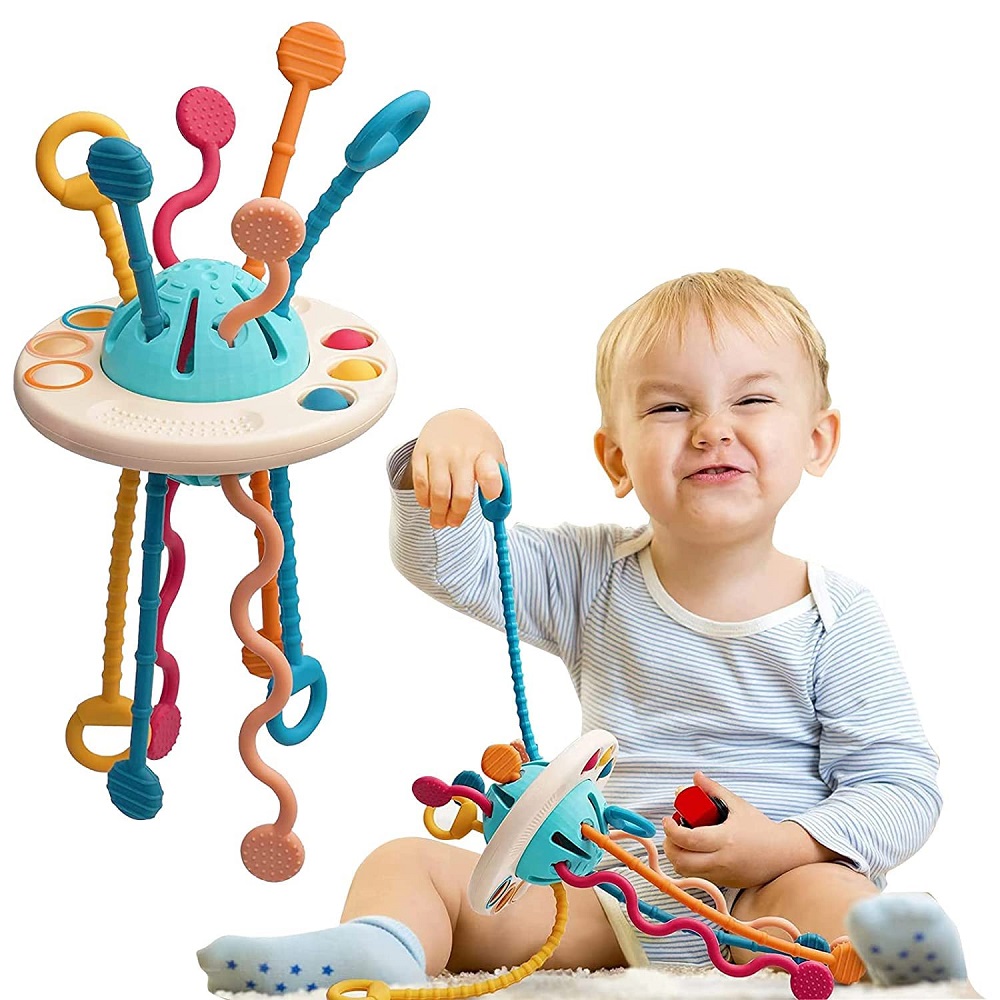
Types of Sensory Toys
Textured Toys
Textured toys are a popular category of sensory toys designed to engage a child’s sense of touch. They often feature various materials, such as soft fabrics, rubber, and squishy textures. Babies love to explore different sensations, and these toys encourage sensory exploration.
Examples of textured toys include plush animals, sensory balls, and fabric books with various textures. These toys can enhance tactile awareness and help babies learn to differentiate between different surfaces.
Musical and Sound Toys
Musical and sound toys engage a child’s sense of hearing. These toys produce various sounds, melodies, or rhythms that stimulate auditory exploration. Sounds play a crucial role in the development of listening skills and can encourage movement and interaction.
Examples of these toys include rattles, musical instruments, and sound blocks. Many of these toys promote an understanding of rhythm and melody, enhancing cognitive development through auditory exploration.
Light-Up and Visual Toys
Light-up and visual toys tap into a child’s sense of sight. Bright colors, flashing lights, and moving parts attract a baby’s attention and encourage visual tracking. These toys can help develop hand-eye coordination as children focus on moving objects.
Examples of light-up toys include activity centers, projection toys, and glow-in-the-dark items. Engaging with these toys can boost visual perception and stimulate curiosity, enhancing overall cognitive growth.
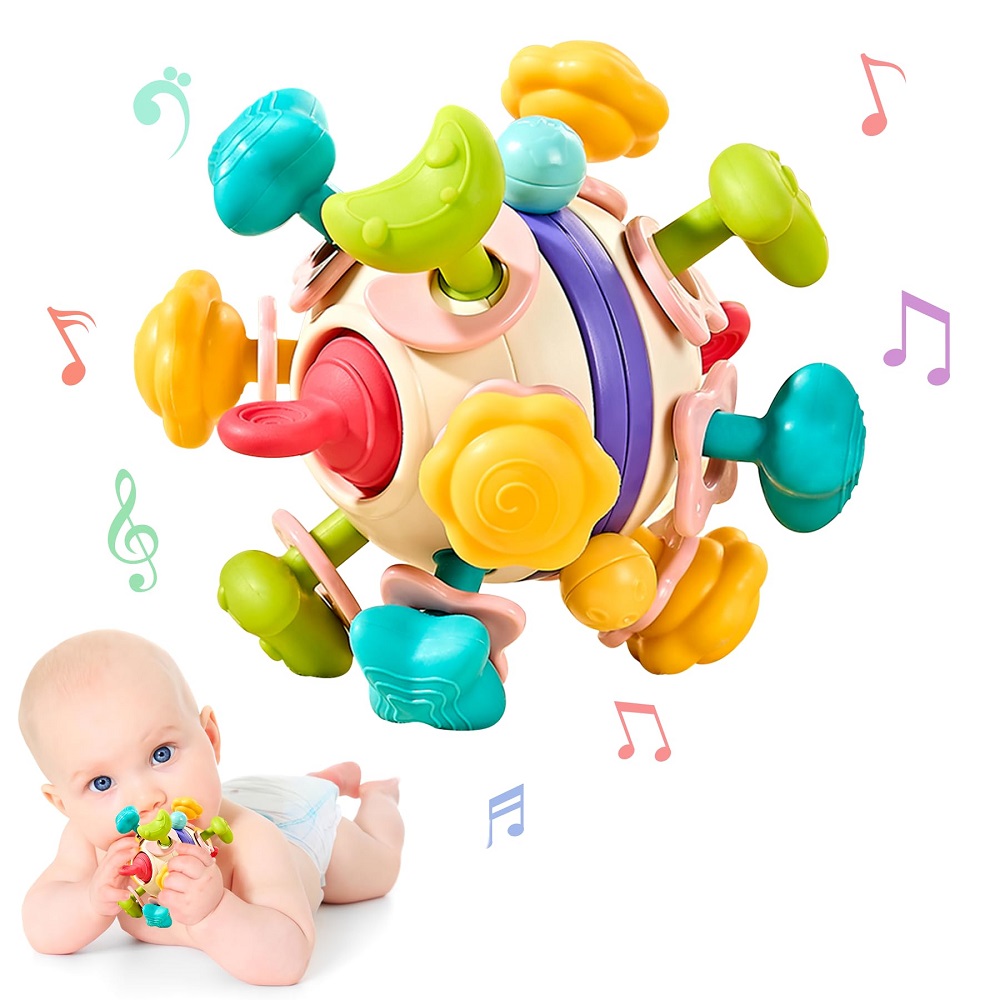
Incorporating Sensory Toys into Daily Routines
Sensory Play at Home
Incorporating sensory toys into your daily routine can be simple and fun. Designate specific times for sensory play during your little one’s day. This might include playtime in the morning or after nap time when your child is most energetic.
Create a sensory-rich environment by surrounding your child with various sensory toys. Rotating toys regularly can keep them engaged and excited. For instance, set up different play stations throughout the house, each with a unique sensory experience. This approach encourages exploration and keeps the experience fresh and enjoyable.
Collaborative Play with Caregivers
Encourage collaboration during sensory play. Engage with your child by playing alongside them with sensory toys. Use this time to introduce new words, colors, and concepts as you explore the toys together.
Collaborative play strengthens the bond between caregiver and child. It also provides opportunities to observe your child’s reactions to different toys and experiences. By actively participating in their exploration, you gain insight into their interests and developmental needs.
Choosing the Right Sensory Toys
Safety and Age Appropriateness
When selecting sensory toys, safety should be the primary concern. Ensure that all toys are made from non-toxic materials that are free from small parts that could pose a choking hazard. Always check for age appropriateness and follow the manufacturer’s guidelines regarding safety.
It’s essential to choose toys that cater to your child’s developmental stage. Familiarize yourself with age recommendations to find the most suitable baby sensory toys. Toys that are too advanced can lead to frustration, while toys that are too simple may not provide any enrichment.
Seeking Variety and Engagement
Another aspect to consider when choosing baby sensory toys is the variety they offer. Look for toys that engage multiple senses and encourage different types of exploration. A diverse collection ensures that your child is continuously challenged and engaged.
Seek toys that encourage open-ended play, allowing children to use their imagination and creativity. This type of play supports overall development and ensures that children can explore at their own pace.
Nurturing Development Through Play
In conclusion, baby sensory toys are invaluable tools for nurturing your little one’s development. By engaging multiple senses, these toys promote cognitive growth, emotional intelligence, and social skills. As children explore different textures, sounds, and visuals, they gain a deeper understanding of their environment and themselves.
Choosing the right sensory toys involves prioritizing safety, engaging designs, and age-appropriate options. By carefully selecting these toys and incorporating sensory play into your child’s daily routine, you will create enriching experiences that support their growth.
Lastly, remember that sensory play is not just about the toys themselves, but about the interactions and connections formed during playtime. Your involvement in this journey is essential, and together, you and your child can explore the world in new and exciting ways. Nurturing curiosity and creativity through sensory experiences will lay the foundation for a lifetime of exploration and learning.
